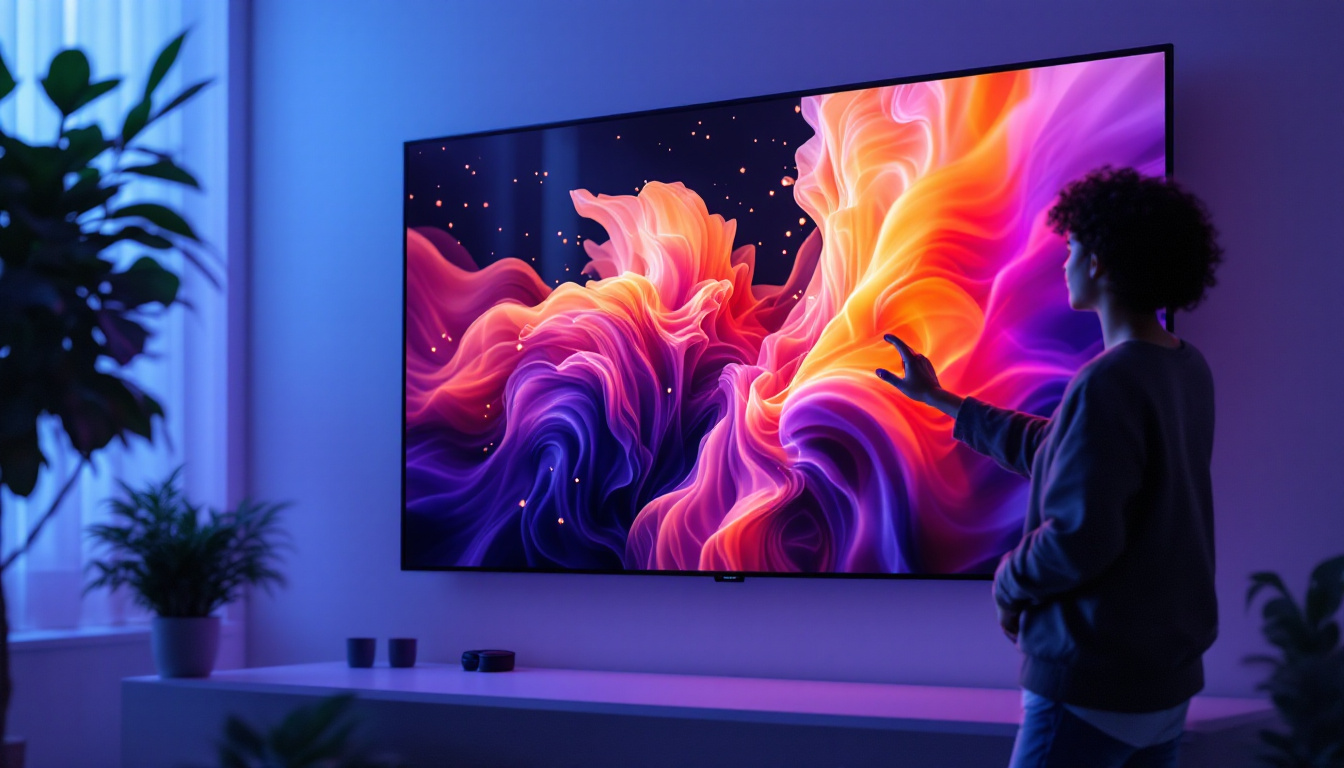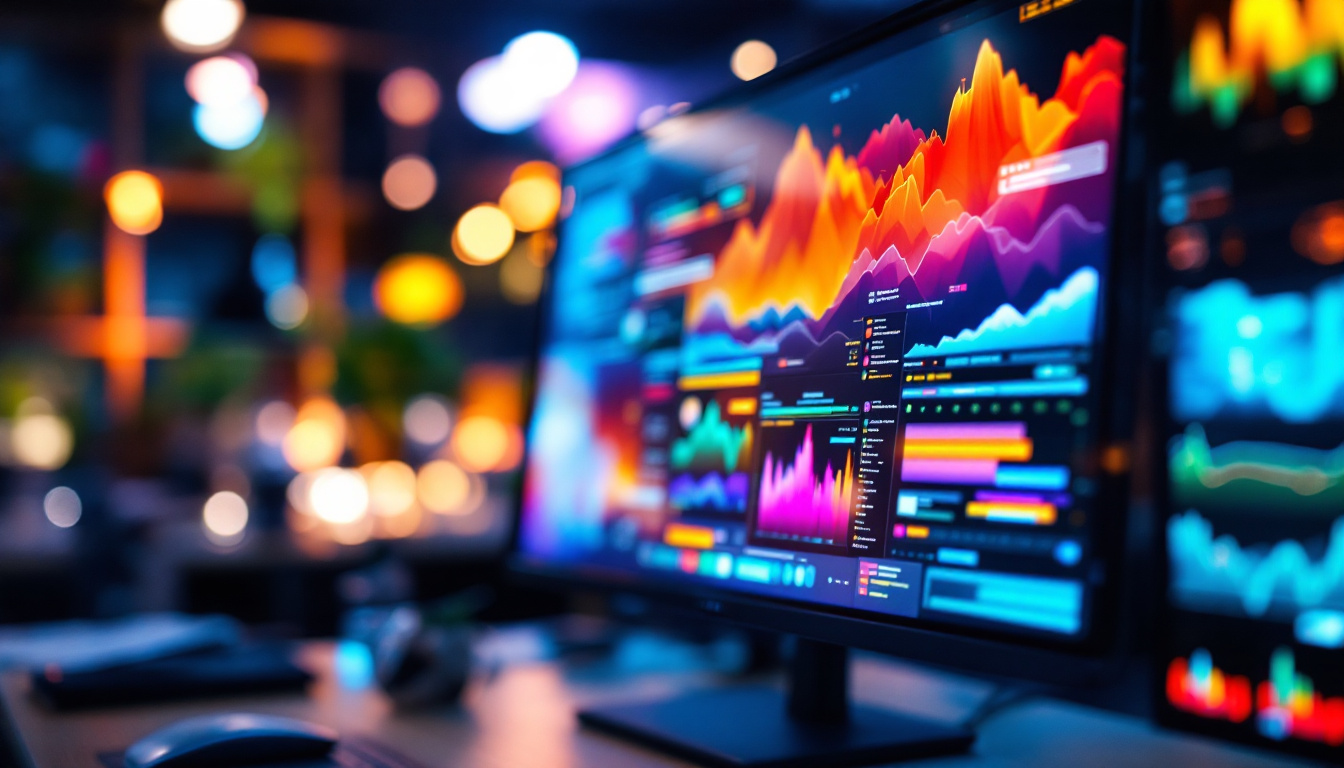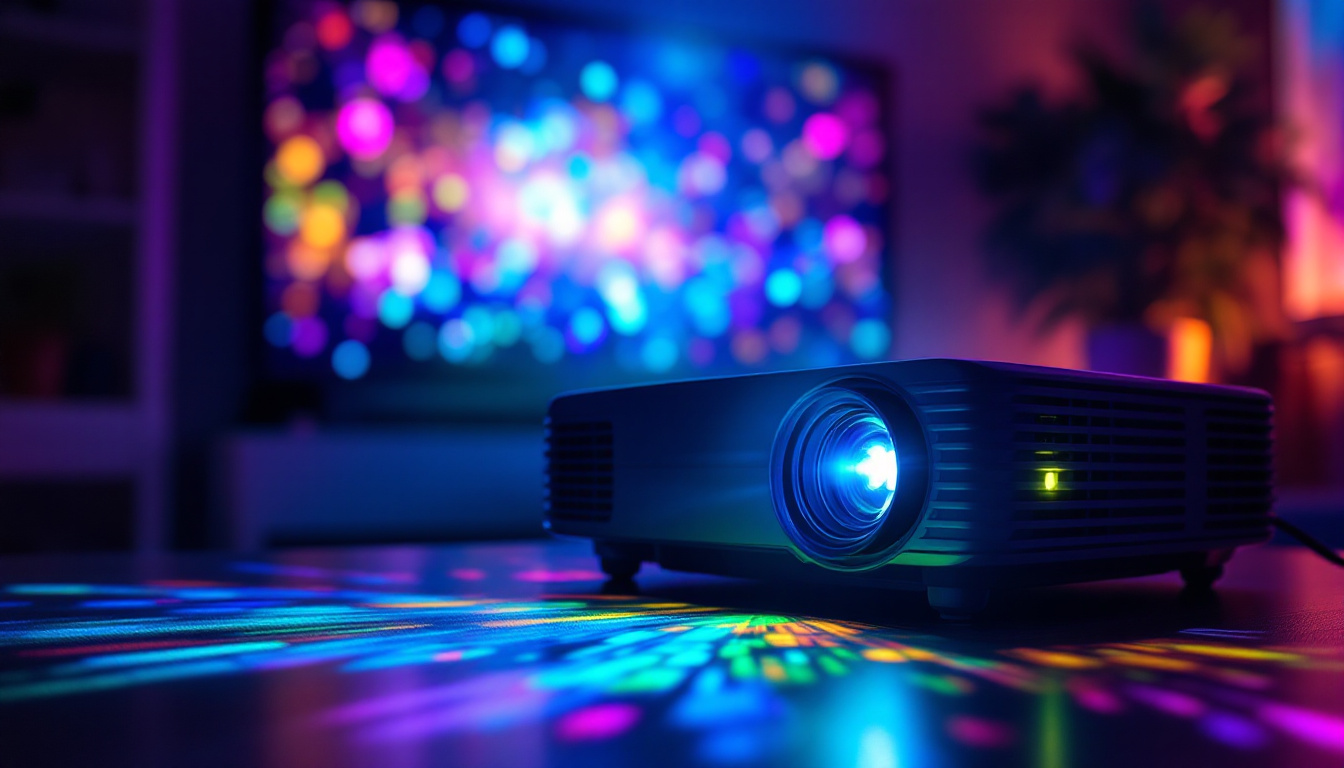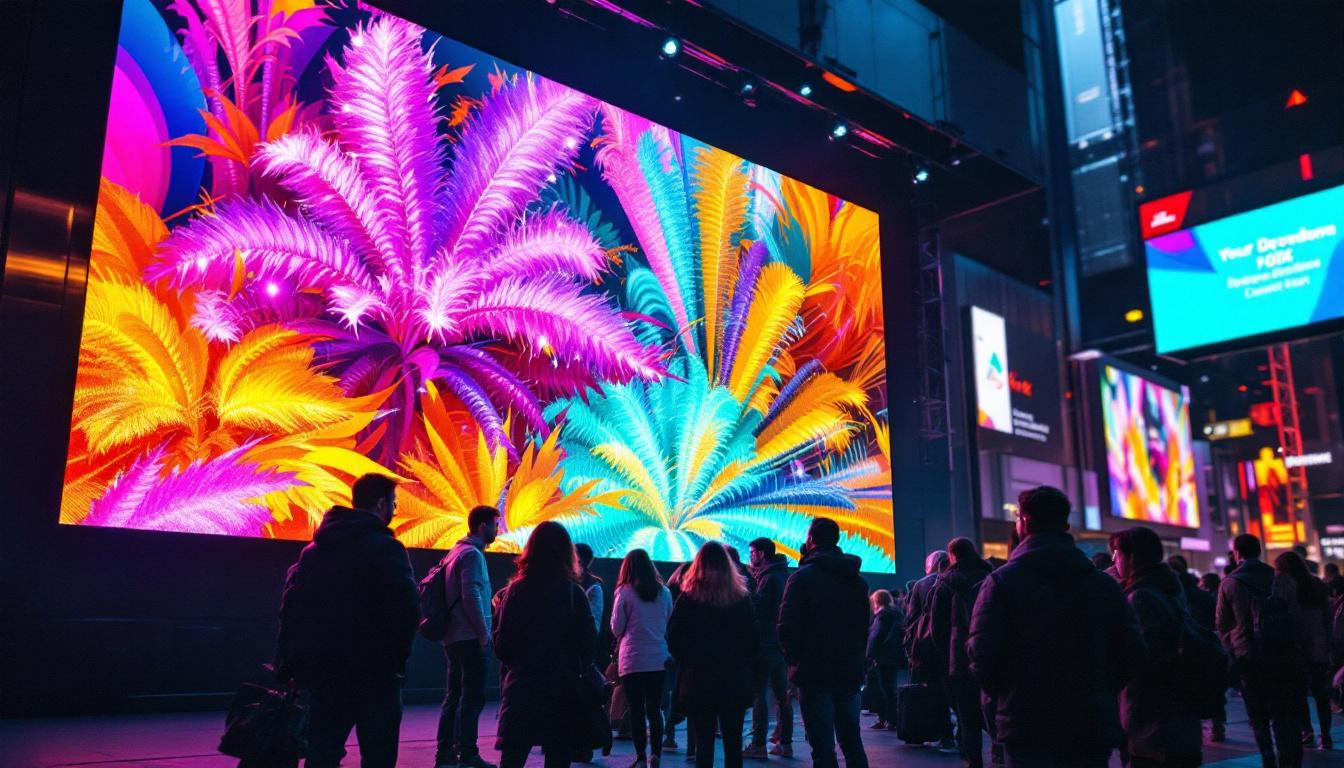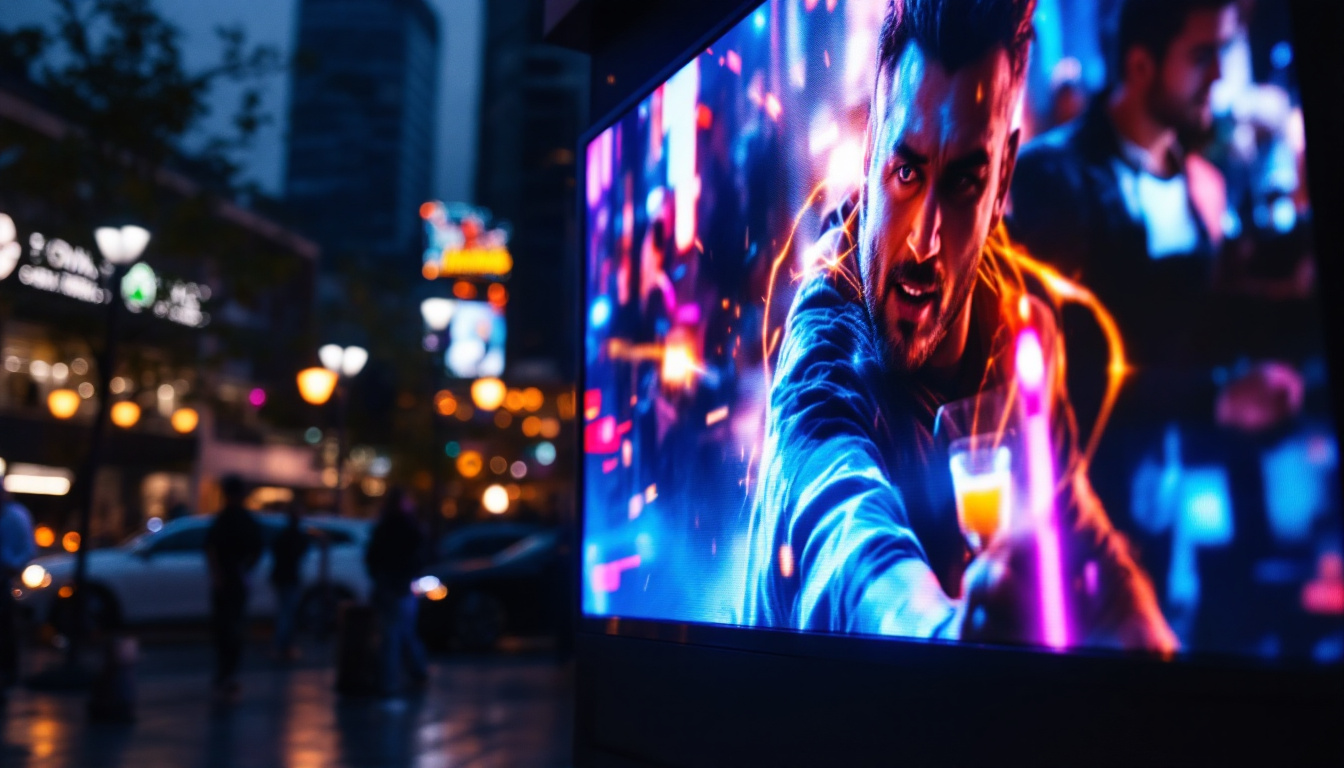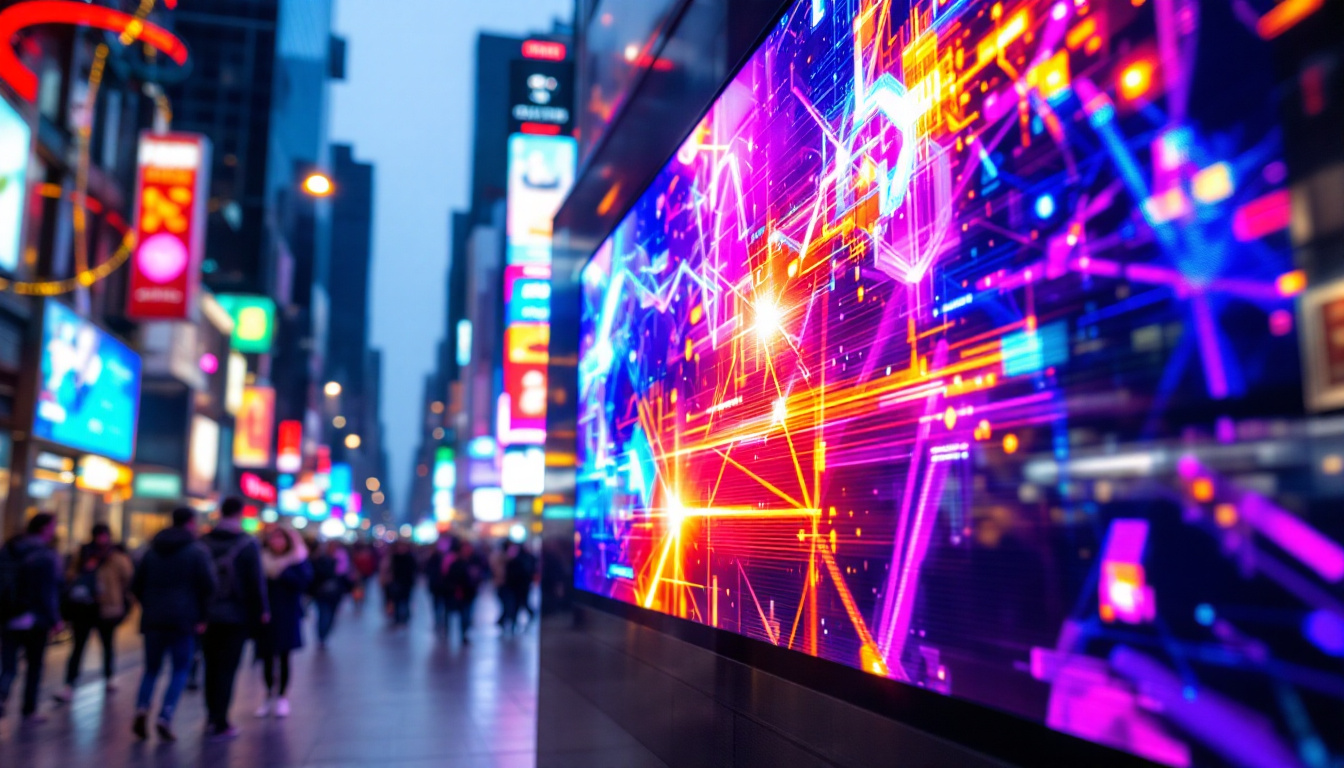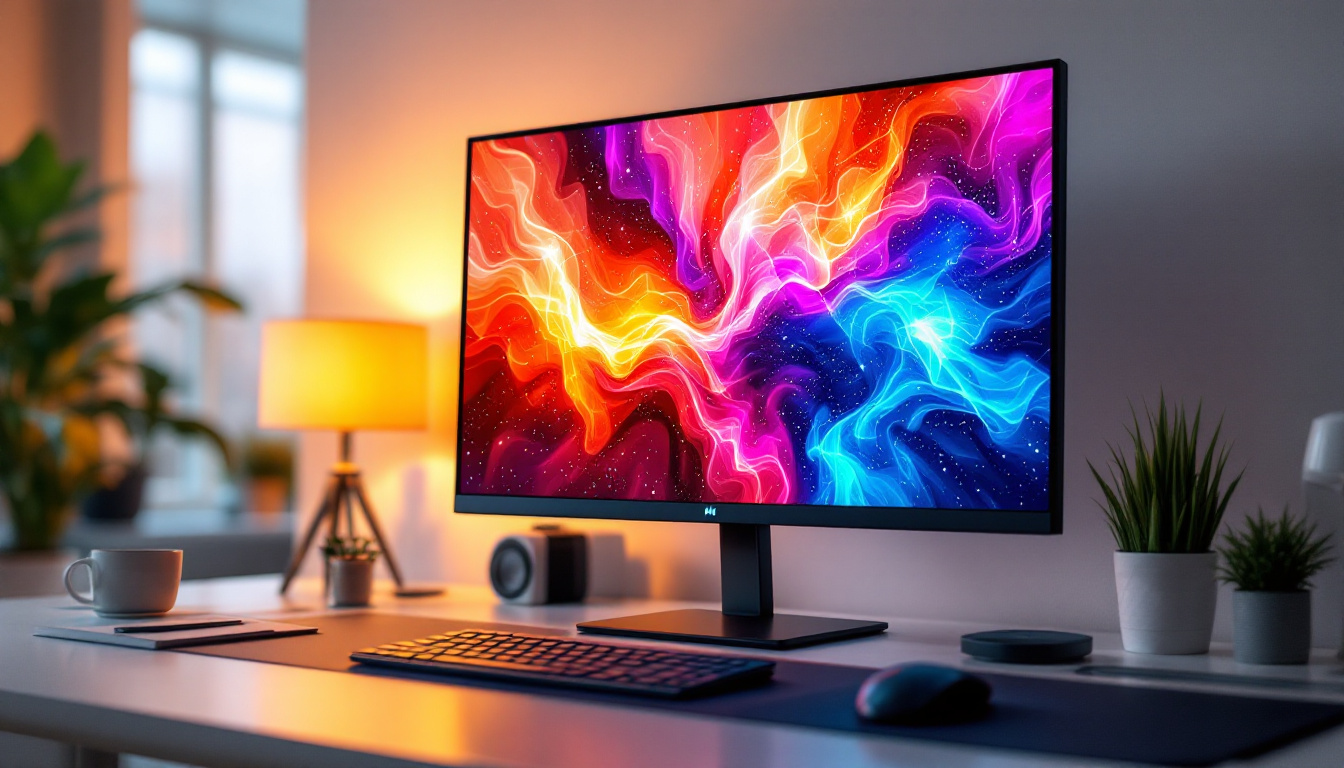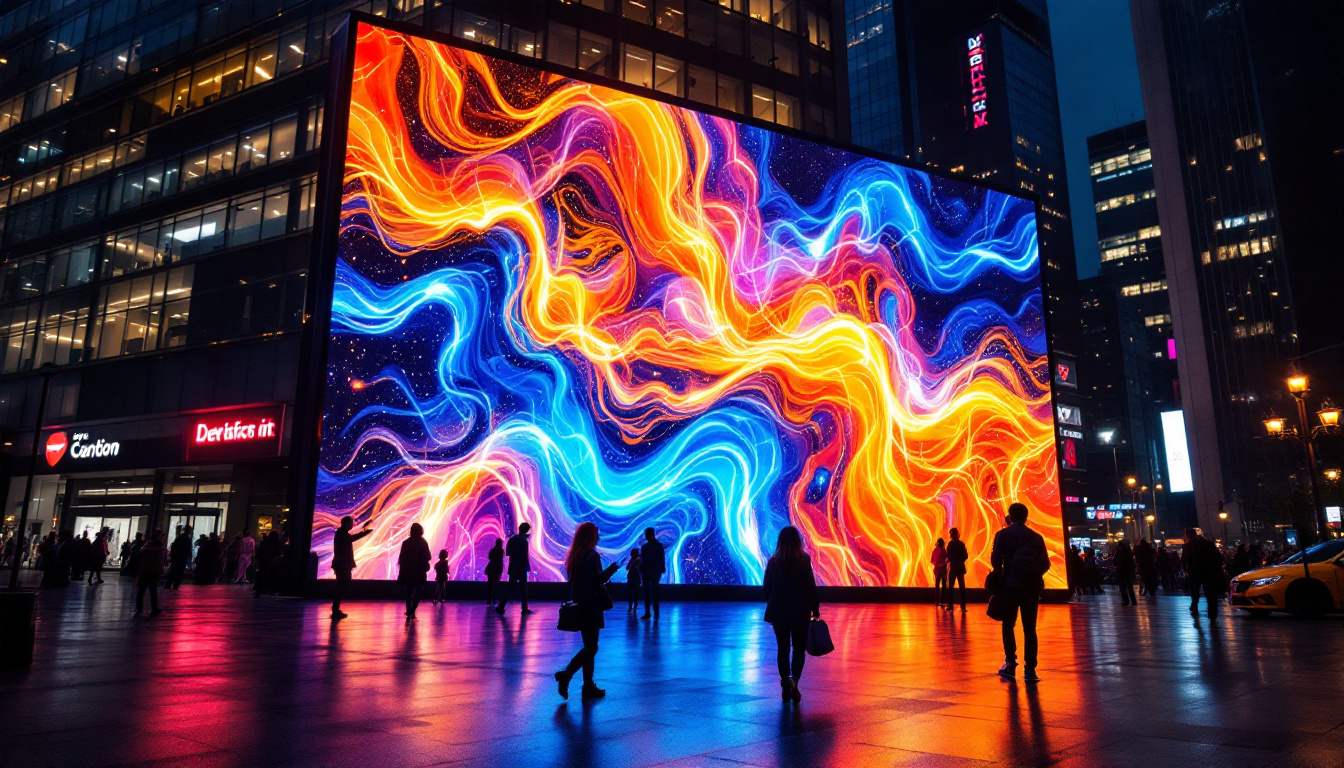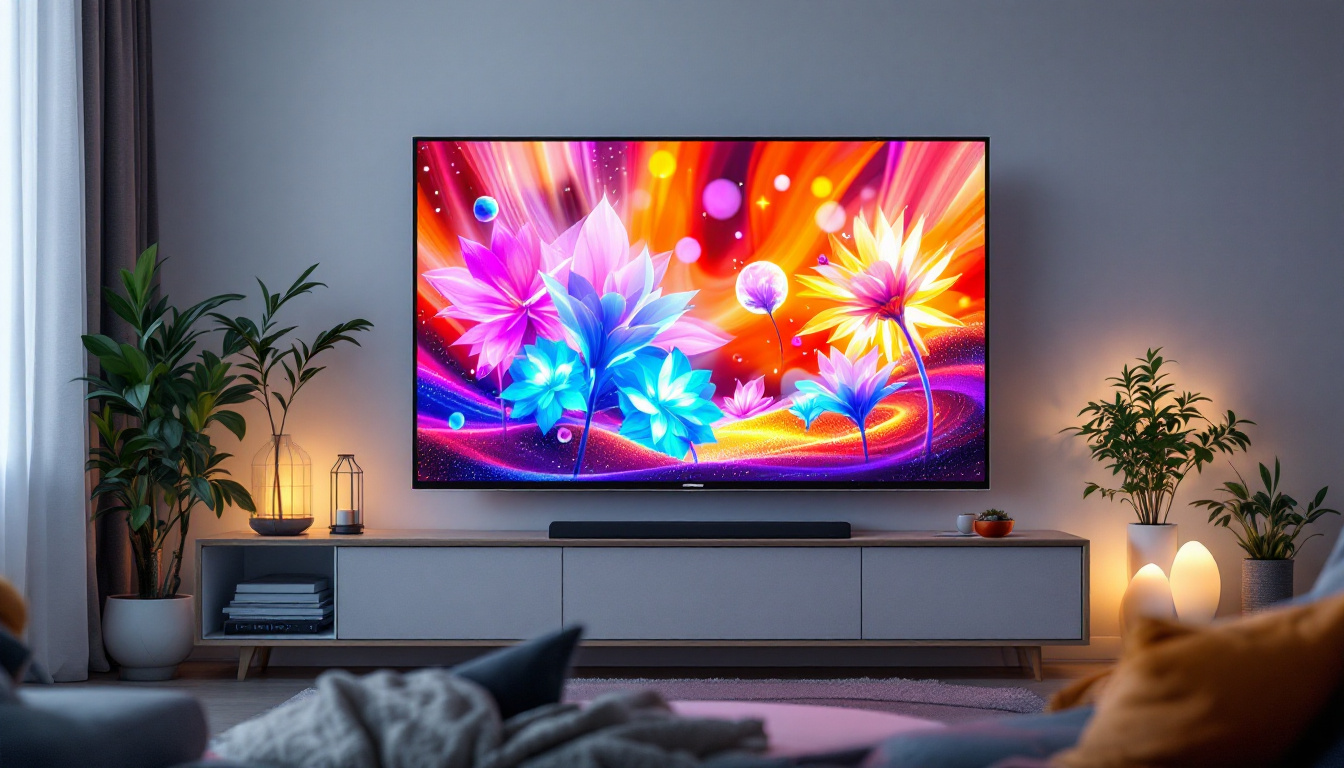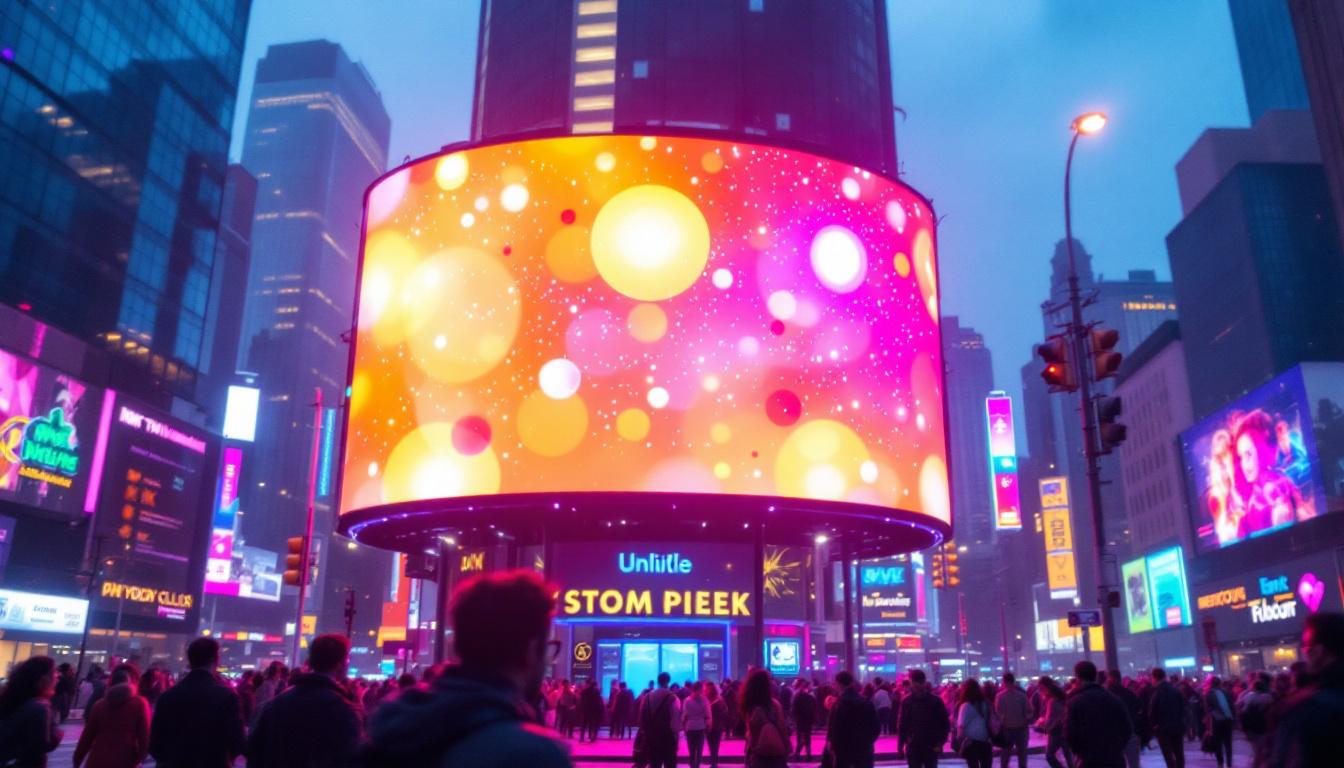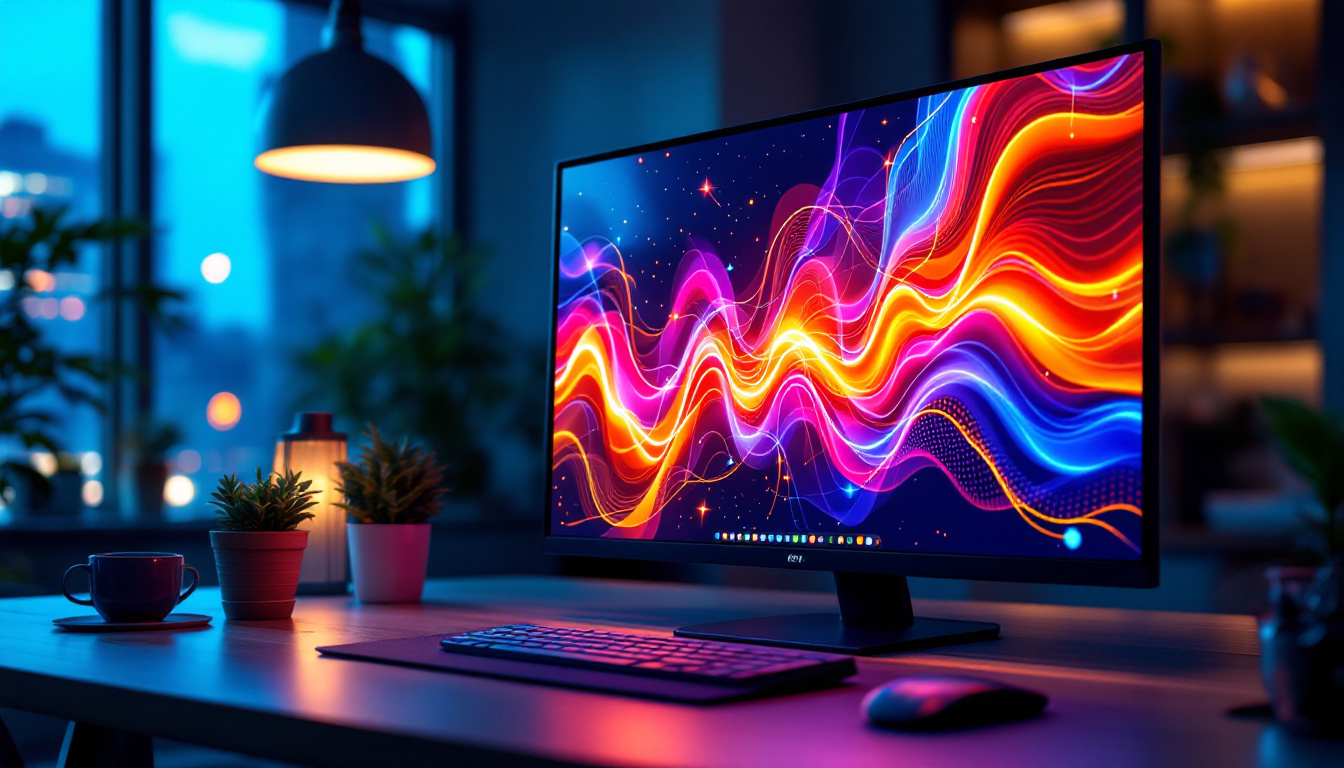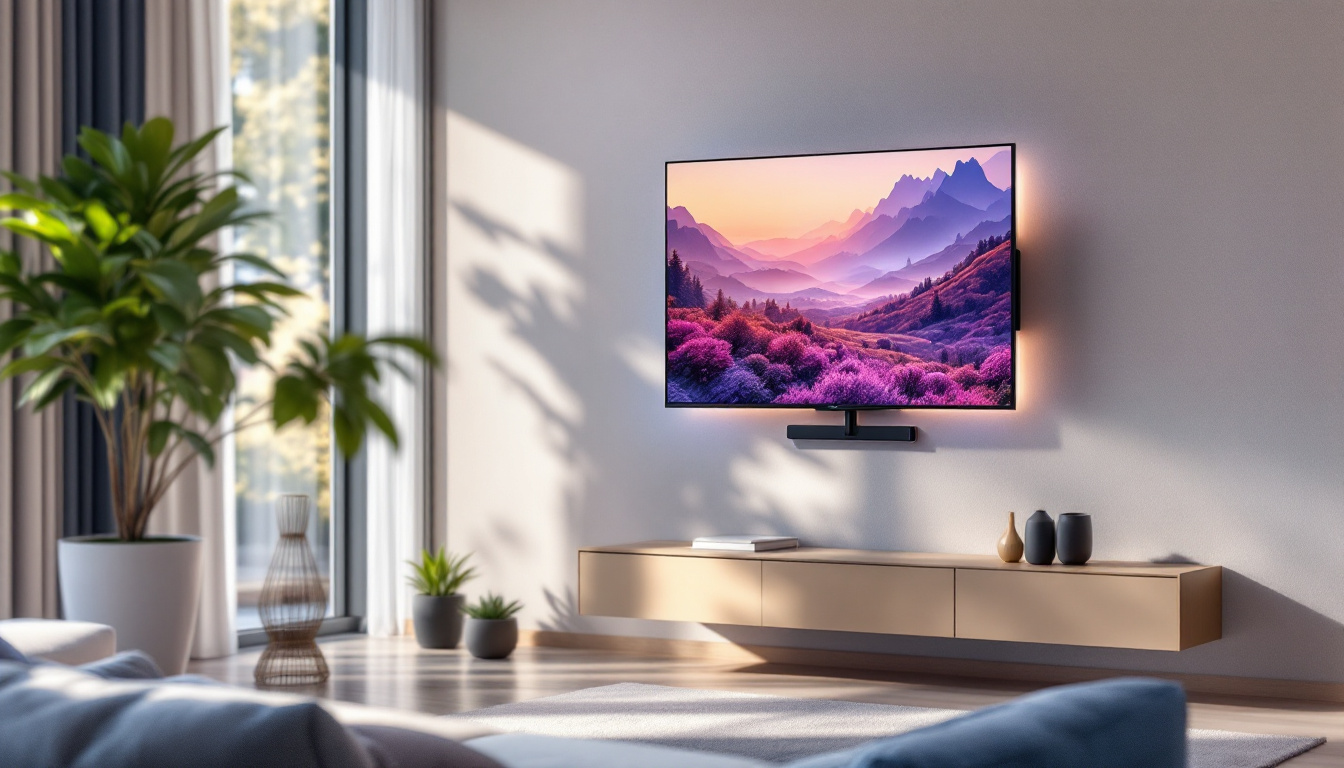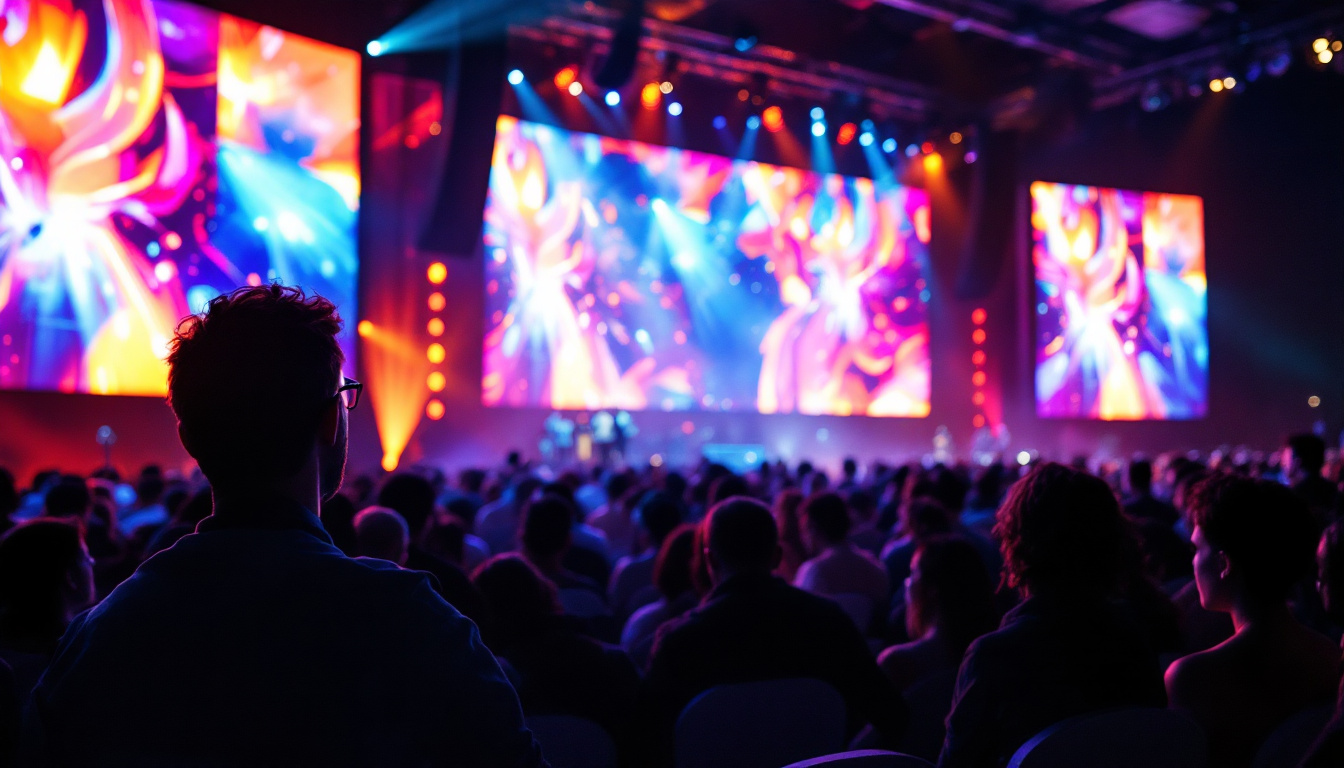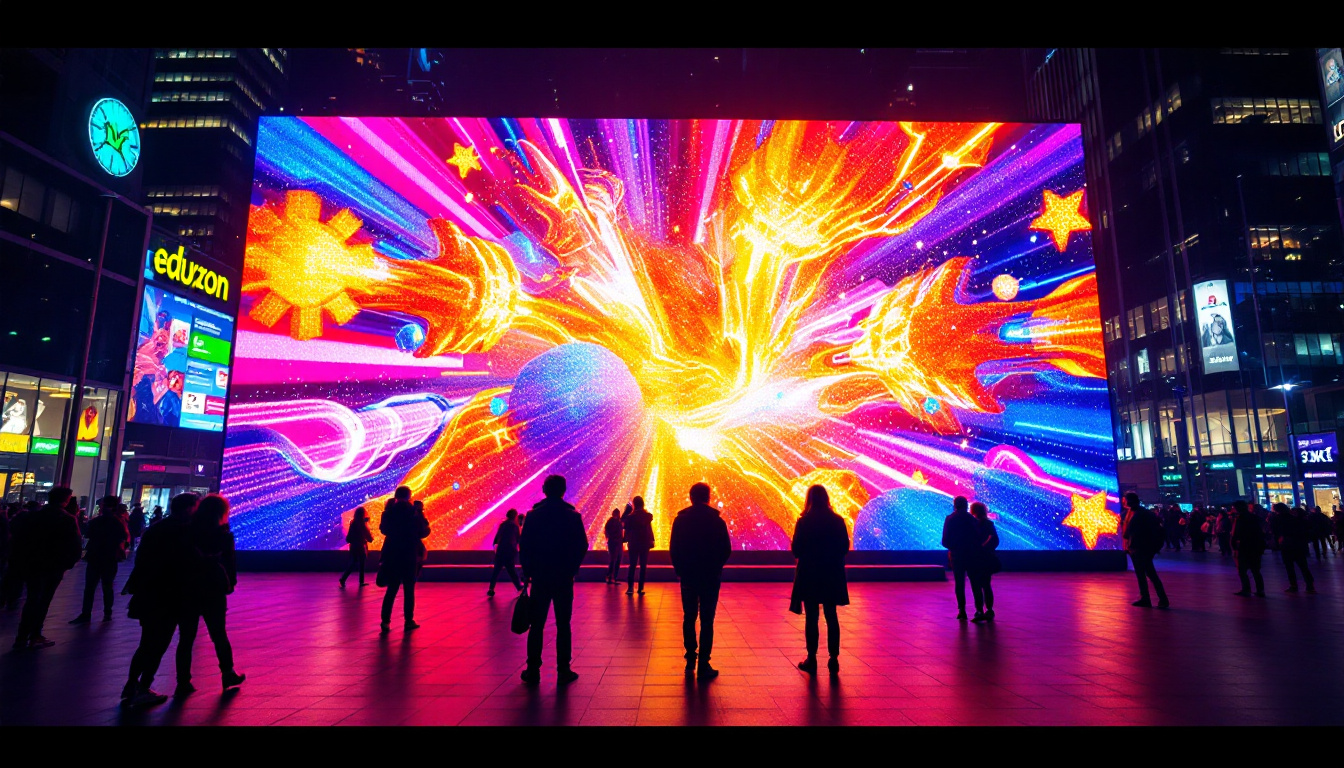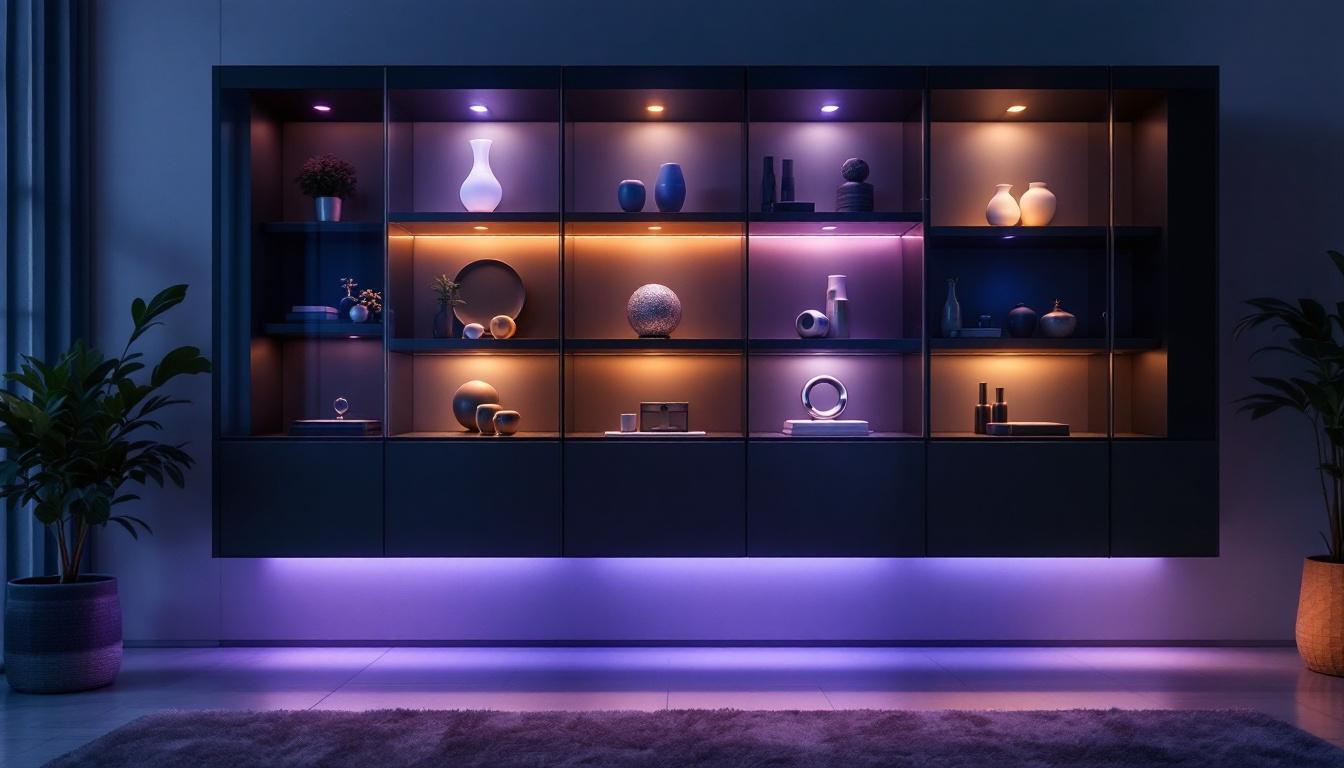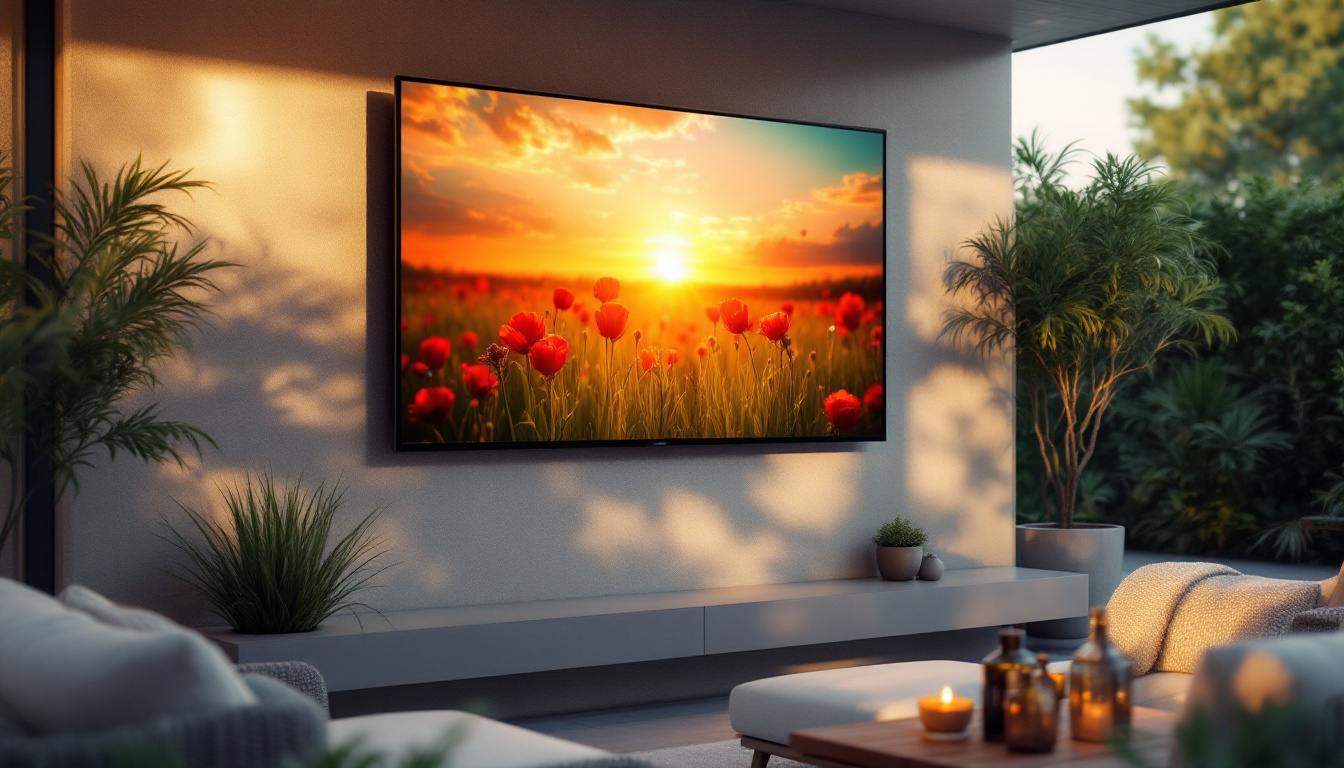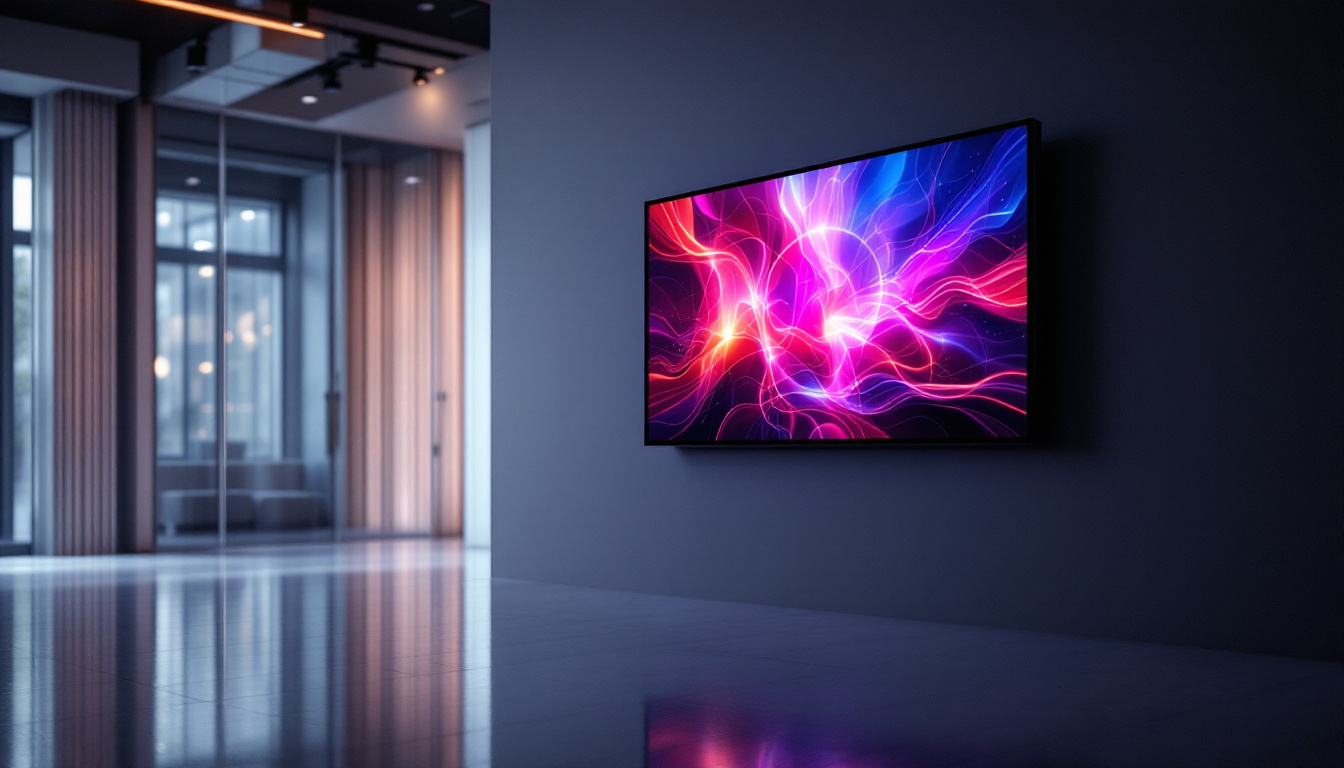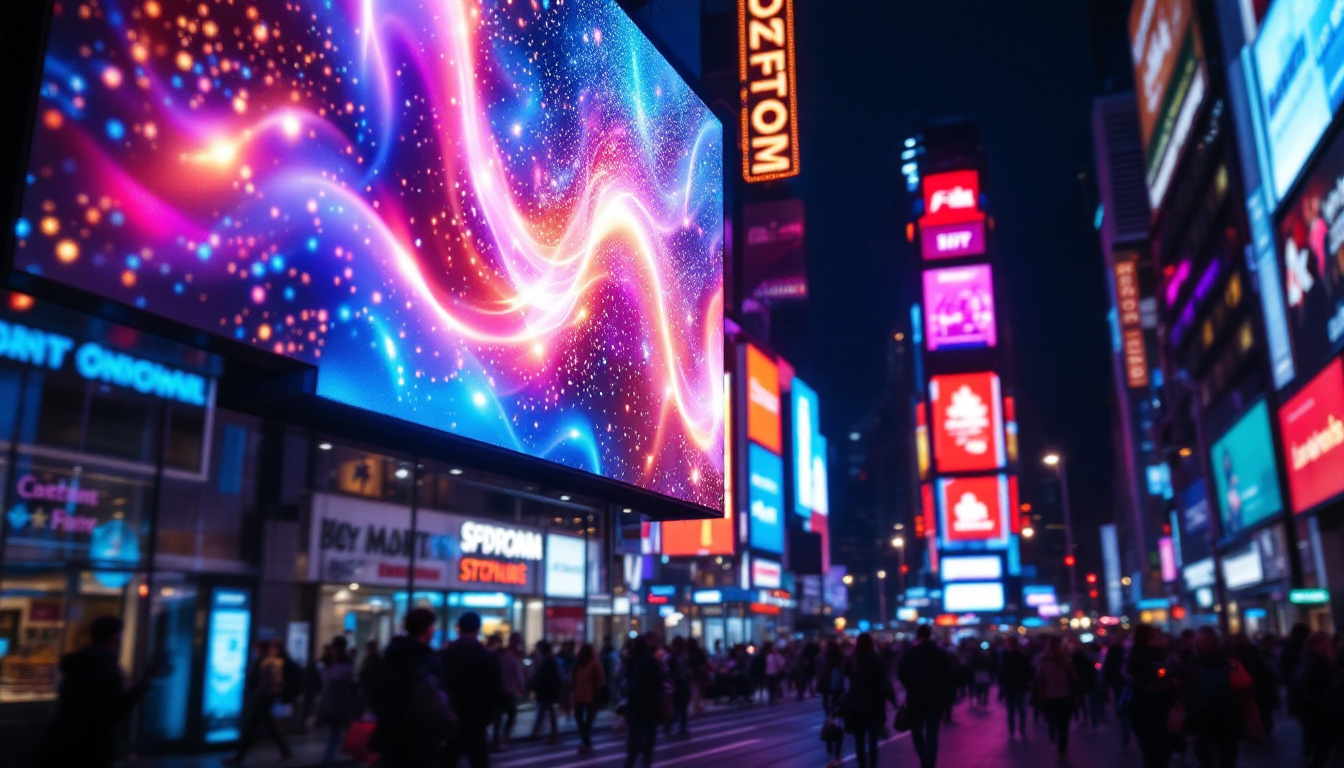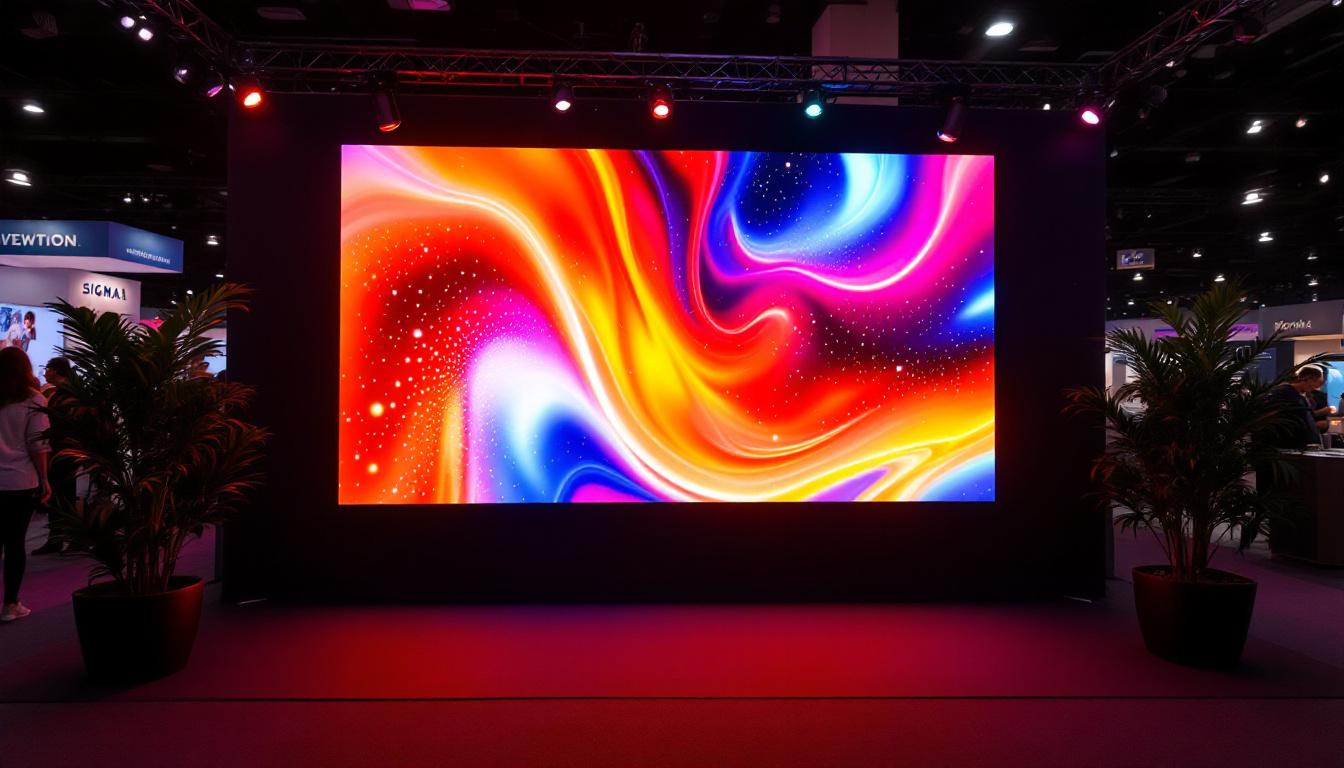In the modern world, flat screen displays have become ubiquitous, transforming the way we consume media, interact with technology, and even conduct business. Among the various types of flat screen technologies available, LED displays stand out for their vibrant colors, energy efficiency, and sleek designs. This article delves into the intricacies of LED displays, exploring how they work, their advantages, and their applications in various fields.
Understanding LED Technology
Light Emitting Diodes (LEDs) are semiconductor devices that emit light when an electric current passes through them. This fundamental principle is at the core of LED display technology. Unlike traditional cathode ray tube (CRT) displays, which rely on bulky components, LED displays are lightweight and can be manufactured in various sizes and shapes. The versatility of LED technology has allowed it to penetrate various markets, from consumer electronics to large-scale outdoor advertising, showcasing its adaptability and efficiency.
How LED Displays Work
LED displays utilize a matrix of tiny LEDs to create images. Each pixel on the screen is made up of red, green, and blue (RGB) sub-pixels. By varying the intensity of these sub-pixels, a wide range of colors can be produced. When combined, these colored light sources generate the full spectrum of colors that we see on the screen. This ability to mix colors at a pixel level is what gives LED displays their vibrant and lifelike quality, making them ideal for applications that require high color accuracy, such as graphic design and photography.
There are two primary types of LED displays: direct-lit and edge-lit. Direct-lit LED displays have an array of LEDs positioned behind the screen, providing uniform brightness across the entire display. In contrast, edge-lit displays place LEDs along the edges of the screen, using light guides to distribute the light evenly. Each method has its advantages, with direct-lit displays typically offering better brightness and contrast. Additionally, advancements in technology have led to the development of mini-LED and micro-LED displays, which promise even greater control over light output and color accuracy, pushing the boundaries of what is possible in display technology.
The Role of Backlighting
Backlighting is a crucial component of LED displays, particularly in liquid crystal display (LCD) technology. In an LCD, the screen itself does not emit light; instead, it relies on backlighting to illuminate the pixels. LED backlighting enhances the overall picture quality by providing brighter images and deeper blacks compared to traditional fluorescent backlighting. This improvement in visual quality has made LED backlit LCDs a popular choice for consumers looking for high-definition viewing experiences.
Moreover, the use of LED backlighting allows for local dimming, a feature that improves contrast ratios by dimming specific areas of the screen while keeping others bright. This results in more dynamic images, making LED displays particularly popular for watching movies and playing video games. Furthermore, with the rise of HDR (High Dynamic Range) content, the ability of LED displays to handle a wider range of brightness levels has become increasingly important, allowing viewers to experience content as it was intended by creators. As technology continues to evolve, we can expect even more innovative uses of LED backlighting, further enhancing the visual experience across various media formats.
Advantages of LED Displays
LED displays offer numerous advantages over other display technologies, making them a preferred choice for both consumers and businesses. Their benefits extend beyond mere aesthetics, impacting performance, energy consumption, and longevity.
Energy Efficiency
One of the standout features of LED displays is their energy efficiency. Compared to traditional CRT and plasma displays, LED displays consume significantly less power. This is particularly important in commercial settings, where large screens are often in use for extended periods. The reduced energy consumption not only lowers electricity bills but also contributes to a smaller carbon footprint.
Additionally, many LED displays are designed to be eco-friendly, using materials that are less harmful to the environment. This commitment to sustainability is increasingly important for consumers who are conscious of their environmental impact.
Superior Image Quality
LED displays are renowned for their superior image quality. With higher brightness levels, better contrast ratios, and vibrant colors, LED displays provide an immersive viewing experience. This makes them ideal for various applications, from home entertainment systems to professional presentations.
The ability to produce deeper blacks and brighter whites enhances the overall visual experience. This is particularly beneficial in environments with varying lighting conditions, as LED displays can adapt to different ambient light levels without compromising image quality.
Longevity and Durability
Another significant advantage of LED displays is their longevity. Typically, LED displays have a lifespan of over 50,000 hours, far surpassing that of traditional display technologies. This longevity translates to lower maintenance costs and less frequent replacements, making LED displays a cost-effective solution in the long run.
Moreover, LED technology is more robust and resistant to damage than other display types. This durability makes LED displays suitable for a wide range of environments, including outdoor installations where exposure to the elements can be a concern.
Applications of LED Displays
The versatility of LED displays has led to their widespread adoption across various sectors. From consumer electronics to large-scale advertising, LED technology has transformed how information is presented and consumed.
Consumer Electronics
In the realm of consumer electronics, LED displays are prevalent in televisions, computer monitors, and smartphones. The demand for high-definition content has driven manufacturers to adopt LED technology, resulting in sharper images and more vibrant colors. Smart TVs equipped with LED displays often feature advanced technologies such as HDR (High Dynamic Range) and 4K resolution, enhancing the viewing experience further.
Additionally, the compact nature of LED displays allows for thinner and lighter devices, appealing to consumers who prioritize portability and aesthetics in their electronics.
Advertising and Digital Signage
LED displays have revolutionized advertising and digital signage. Billboards and signage that utilize LED technology can display dynamic content, capturing the attention of passersby more effectively than static displays. The ability to change advertisements in real-time allows businesses to tailor their messaging based on audience demographics or current events.
Furthermore, LED displays can be found in various public spaces, such as airports, shopping malls, and sports arenas, providing information and entertainment to large audiences. Their high visibility and brightness ensure that content is easily readable, even in bright daylight.
Medical and Industrial Applications
Beyond consumer and commercial use, LED displays have found applications in medical and industrial settings. In healthcare, LED displays are used in diagnostic imaging equipment and patient monitoring systems, where clarity and precision are paramount. The ability to produce detailed images can assist medical professionals in making accurate diagnoses.
In industrial environments, LED displays are employed in control panels and monitoring systems, providing real-time data to operators. Their durability and resistance to harsh conditions make them ideal for use in factories and manufacturing plants.
Challenges and Considerations
While LED displays offer numerous advantages, there are also challenges and considerations that consumers and businesses should be aware of. Understanding these aspects can help in making informed decisions when selecting display technology.
Cost Factors
Despite their many benefits, LED displays can be more expensive than other display technologies, especially for larger formats. The initial investment may deter some consumers or businesses from making the switch. However, it is essential to consider the long-term savings associated with energy efficiency and longevity, which can offset the initial costs over time.
Additionally, as technology continues to advance, prices for LED displays are gradually decreasing, making them more accessible to a broader audience.
Viewing Angles and Color Accuracy
Another consideration is the viewing angle of LED displays. While many modern LED displays offer improved viewing angles, some models may still suffer from color distortion when viewed from extreme angles. This can be particularly relevant in settings where multiple viewers are watching from different positions.
Color accuracy is also an important factor, especially in professional settings such as graphic design and photography. It is crucial to choose an LED display that offers high color fidelity to ensure that the images displayed are true to life.
The Future of LED Display Technology
The future of LED display technology looks promising, with ongoing advancements that continue to enhance performance and capabilities. Innovations such as microLED and OLED technologies are pushing the boundaries of what is possible in display technology.
MicroLED Technology
MicroLED is an emerging technology that involves the use of microscopic LEDs to create displays. This technology promises even greater brightness, contrast, and energy efficiency compared to traditional LED displays. MicroLED displays can also be made flexible, allowing for innovative designs and applications.
As research and development in this area progress, microLED technology may soon become a mainstream option for consumers and businesses alike, offering unparalleled visual experiences.
Integration with Smart Technologies
As the world becomes increasingly interconnected, the integration of LED displays with smart technologies is also on the rise. Smart LED displays can connect to the internet, enabling features such as remote content management and real-time updates. This capability is particularly beneficial for digital signage, allowing businesses to adapt their messaging quickly and efficiently.
Moreover, the incorporation of artificial intelligence (AI) into display technology may lead to more personalized viewing experiences, further enhancing the appeal of LED displays in various applications.
Conclusion
LED displays have undoubtedly transformed the landscape of visual technology, offering numerous advantages that cater to a wide range of applications. Their energy efficiency, superior image quality, and longevity make them a preferred choice for consumers and businesses alike. While challenges exist, ongoing advancements in technology promise to address these issues, paving the way for even more innovative solutions in the future.
As LED display technology continues to evolve, it will be exciting to see how it shapes our interactions with media, information, and each other in the years to come. Whether in the comfort of home entertainment systems or the bustling environment of commercial spaces, LED displays will undoubtedly play a pivotal role in the way we experience the world around us.
Discover LumenMatrix’s Innovative LED Solutions
Ready to elevate your visual experience with the latest in LED display technology? LumenMatrix is at the forefront of innovation, offering a diverse range of LED display modules designed to bring your brand to life. From stunning Indoor LED Walls to dynamic Outdoor LED Displays, and from versatile Vehicle LED Displays to sleek LED Poster Displays, our solutions are crafted to captivate and engage. Whether you’re looking to make a statement with an LED Sports Display, add movement with a Floor LED Display, or customize your message with a Custom LED Display, LumenMatrix has you covered. Experience the future of visual communication with our All-in-One LED Displays and LED Transparent Displays. Check out LumenMatrix LED Display Solutions today and transform the way you share your message with the world.

